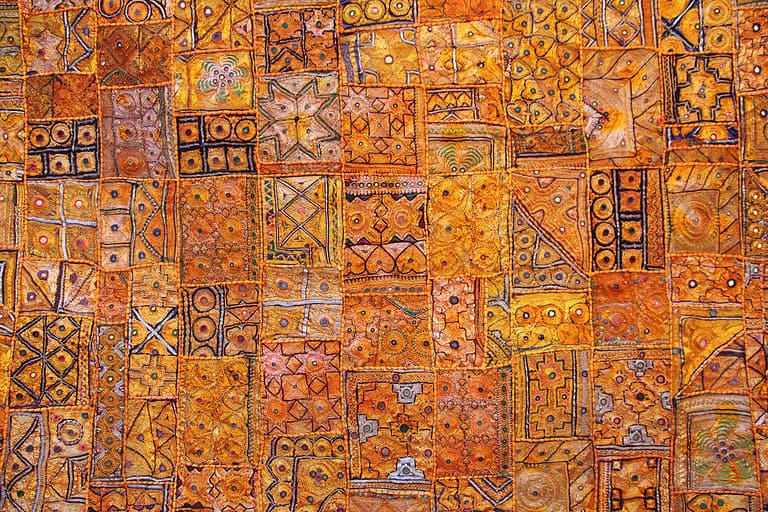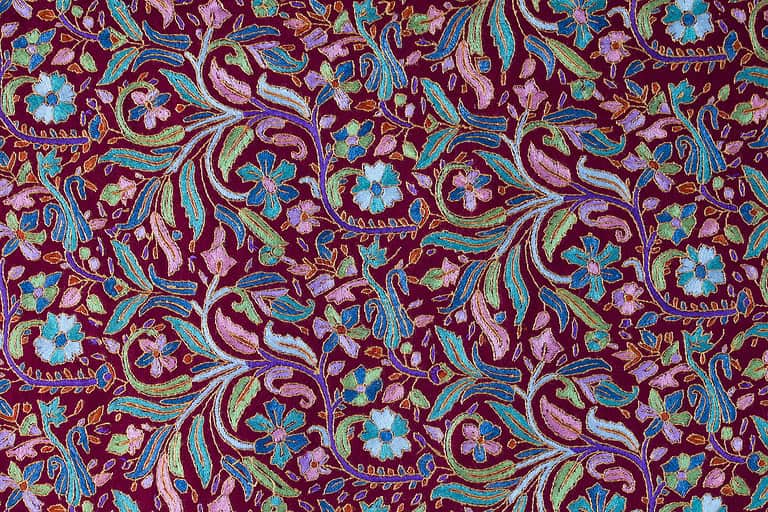A Persian rug is more than just a decorative piece—it is a work of art that adds warmth, elegance, and character to any home. However, these rugs require careful maintenance to keep their intricate patterns and natural fibres in excellent condition.
If you’re wondering how to clean a Persian rug properly, this guide will take you through the best cleaning methods to preserve its beauty for years to come.
Why Persian Rugs Need Special Care
Persian rugs are traditionally handwoven using natural materials such as wool, silk, or cotton. Unlike synthetic rugs, they are dyed with natural pigments, making them more delicate when it comes to cleaning. Harsh chemicals, excessive water, and incorrect techniques can cause damage, fading, or shrinkage.
Regular maintenance is key to protecting your rug, preventing dirt build-up, and keeping its colours vibrant.
How Often Should You Clean a Persian Rug?
- Light cleaning (vacuuming and dusting) – Once a week
- Spot cleaning for spills – Immediately
- Deep cleaning – Every 12 to 18 months, depending on foot traffic
- Professional cleaning – Every 3 to 5 years for long-term preservation
How To Clean a Persian Rug: A Step-By-Step Guide
1. Gather Your Cleaning Supplies
Before you begin, make sure you have:
- A vacuum cleaner with a brushless suction setting
- A soft-bristled brush or sponge
- A mild detergent (wool-safe or pH-neutral soap)
- A bucket of lukewarm water
- White vinegar (for stain removal)
- A dry towel or absorbent cloth
- A small bowl for mixing cleaning solutions
2. Vacuum the Rug to Remove Dust and Debris
- Use a brushless vacuum attachment to prevent pulling on the fibres.
- Vacuum both sides of the rug to remove dirt and dust trapped in the weave.
- Avoid using a beater bar, as this can damage delicate wool or silk fibres.
3. Spot Clean Stains Immediately
For fresh spills:
- Blot the affected area with a dry towel to absorb excess liquid.
- Avoid rubbing, as this can push the stain deeper into the fibres.
- Mix one part white vinegar with two parts lukewarm water, then dab the stain gently using a soft sponge.
- Blot again with a clean towel and let the area air dry.
For tougher stains like wine, coffee, or pet accidents, consider using a wool-safe detergent diluted in water. Always test on a small, hidden area first to ensure it does not cause discolouration.
4. Wash the Rug with a Mild Cleaning Solution
If your Persian rug needs a deep clean:
- Fill a bucket with lukewarm water and add a few drops of mild detergent.
- Dip a soft sponge or cloth into the solution and gently dab (do not rub) across the rug.
- Work in sections, avoiding over-wetting the fibres.
- Rinse with a damp cloth soaked in clean water to remove any soapy residue.
5. Dry the Rug Properly
- After cleaning, lay the rug flat in a well-ventilated area to air dry.
- Avoid direct sunlight, as it can cause fading.
- Flip the rug occasionally to ensure both sides dry evenly.
If the rug remains damp for too long, it can develop mildew. Using a fan or dehumidifier can speed up the drying process.
6. Brush the Fibres to Restore Softness
Once dry, gently brush the rug with a soft-bristled brush to restore the texture of the fibres and maintain the intricate design.
Tips to How to Clean a Persian Rug for Longer
- Rotate your rug every six months to ensure even wear and prevent fading in direct sunlight.
- Use a rug pad underneath to reduce friction and protect the fibres from excessive movement.
- Keep food and drinks away from high-traffic rug areas to avoid accidental spills.
- Shake out the rug occasionally to remove loose dust and prevent dirt build-up.
When to Get Your Persian Rug Professionally Cleaned
Even with regular maintenance, professional cleaning is recommended every three to five years. Consider professional cleaning if:
- The rug has deep stains that won’t come out with gentle cleaning.
- There is an unpleasant odour that persists even after airing it out.
- The fibres feel stiff or matted.
- You own a silk Persian rug, which requires expert handling.
A Persian rug is an investment that deserves proper care. Regular maintenance, gentle cleaning, and quick action on spills will help keep your rug looking stunning for generations.
If you’re looking for high-quality Persian rugs or expert advice on how to clean a Persian rug, explore our collection at Twickenham Rug Company.
FAQs On How To Clean a Persian Rug
Can I clean a Persian rug with a carpet cleaner?
No, most carpet cleaners are too harsh for Persian rugs and can damage the fibres. It’s best to use a mild, wool-safe detergent.
What should I do if my Persian rug smells bad?
Try sprinkling baking soda over the rug and letting it sit for a few hours before vacuuming. If the smell persists, consider professional cleaning.
Can I machine wash a small Persian rug?
No, machine washing can cause shrinkage and fading. Always clean Persian rugs by hand using gentle methods.


